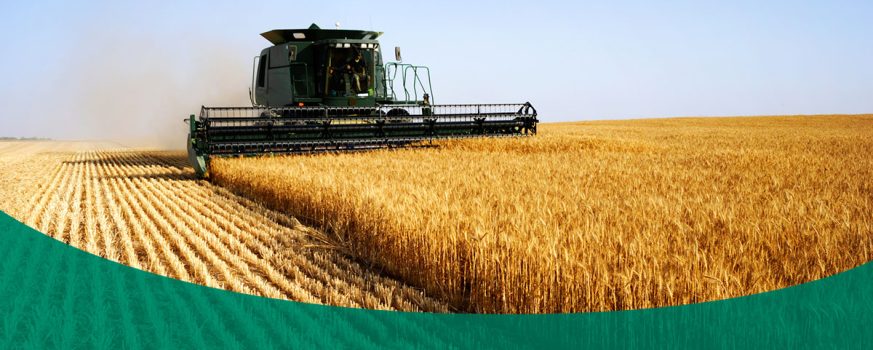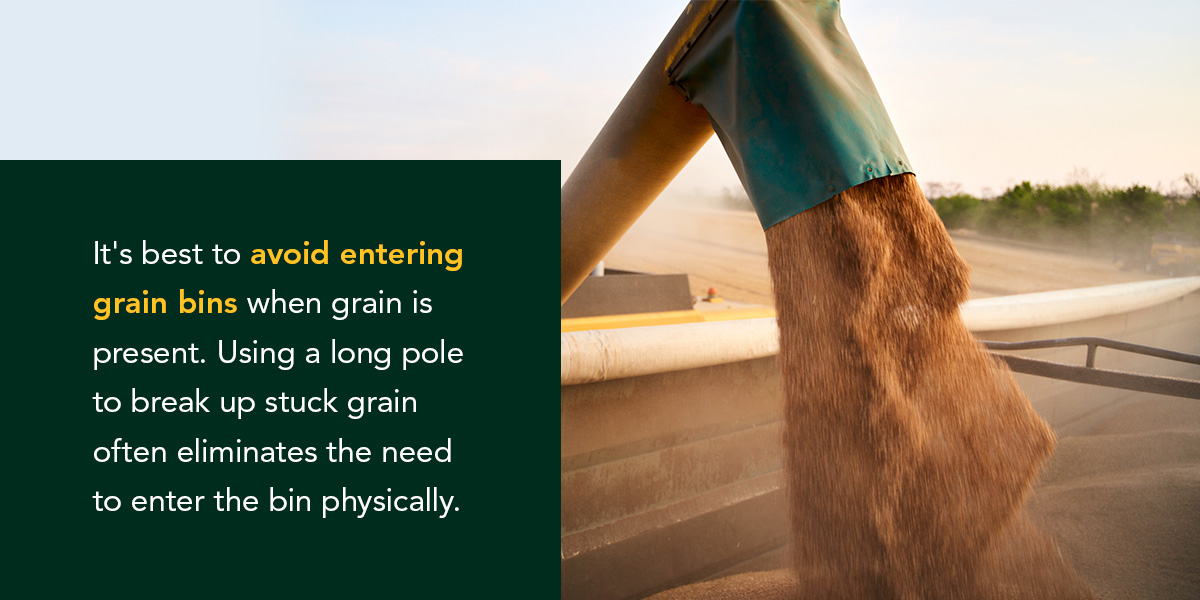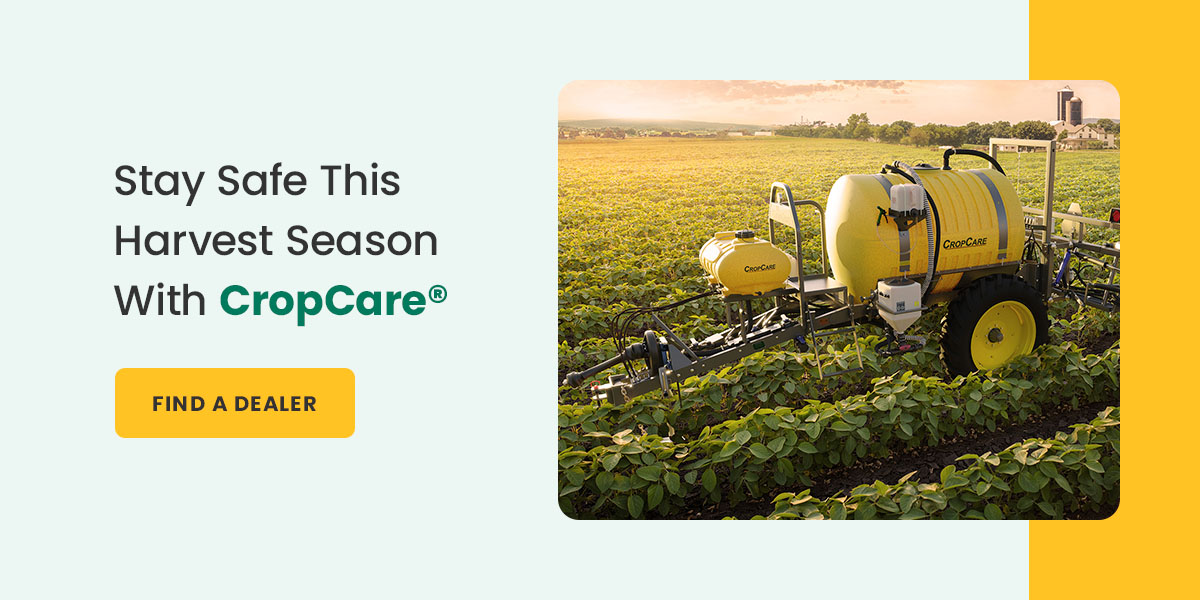
At CropCare®, we want to help you save time while achieving high crop yields. That’s why we created this list of safe harvesting tips to help you keep your farm safe.
1. Follow a Preventive Equipment Maintenance Schedule
A preventive maintenance schedule helps keep your equipment in optimal condition and reduces the risk of injury. Many equipment dealers and manufacturers offer ongoing support and service at an affordable price.
Make sure to wear proper personal protective equipment (PPE) when making equipment repairs. Additionally, check that your clothing is free of any loose strings or dangling ties that could get entangled in the machinery. Although entanglement is one of the most common causes of injury in agriculture, it’s also preventable.
When working on machinery, ensure the equipment has stopped moving and is completely powered off before attempting to resolve blockages or check fluid levels.
Lastly, keep a detailed log of inspection notes, maintenance intervals and repair history. The more documentation you have, the easier it will be to diagnose and resolve equipment issues when they arise.
2. Practice Bin Safety
Entrapment is a serious risk when loading or unloading grain. First, let everyone on your farm know in advance that you’ll be working in the grain storage site so they know not to start any equipment.
Create a grain handling team to work in the structure. This team will monitor the process and ensure everything goes according to plan. Your team should include at least three people:
- One to enter the bin
- One to monitor the bin from above
- One to listen from outside the bin
If anything goes wrong inside the bin, the two stationed outside can respond quickly.
However, it’s best to avoid entering grain bins when grain is present because it’s easy to get caught in flowing grain. Using a long pole to break up stuck grain often eliminates the need to enter the bin physically. Additionally, wearing a safety harness can protect you from injury when working in grain bins.
3. Inspect the Terrain
Before beginning the harvest, examine the condition of your fields. Look out for unusual or unexpected sinkholes, drop-offs and slopes so you can map out a way to maneuver equipment safely during harvesting.
Additionally, be sure to watch for the following:
- Signs of animals in or around your fields
- Signs of flooding due to natural causes or irrigation
- Potential contamination from external sources
If you notice any of the above, you may need to reevaluate your crops before harvesting to ensure everything is safe for consumption.
4. Transport Equipment Safely
When moving equipment to and from fields, you often need to use public roads. Place slow-moving vehicle (SMV) signage and reflective paneling on the back of any equipment you’ll be driving. Additionally, flag any protruding items to help other drivers stay safe.
Review your state and local regulations regarding transporting agricultural machinery before setting out. Equipment operators should drive slowly with weight and height restrictions in mind.
5. Practice Safe Pesticide and Chemical Handling
Another round of spraying often follows harvest, so it’s critical to ensure everyone understands proper pesticide and chemical application procedures.
According to the Environmental Protection Agency (EPA), employers are responsible for ensuring compliance with the Agricultural Worker Protection Standard (WPS), which details how to protect employees from pesticides or other harsh chemicals used during or after harvest. This standard requires employers to provide the following:
- Annual pesticide safety training
- Access to material safety data sheets for all chemicals you use
- Emergency protocols and assistance, if needed
Providing the proper respiratory PPE and decontamination supplies is essential for keeping your employees — and yourself — safe. See the respiratory guidelines from the Occupational Safety and Health Administration (OSHA) for detailed information regarding PPE.
Stay Safe This Harvest Season With CropCare®
We hope you found these tips helpful. For more harvest safety tips, visit the National Education Center for Agricultural Safety.
And for more information about how CropCare®’s products can help you ensure a safe, abundant yield? Click here to find your nearest CropCare® dealer, or contact us online for more information.



